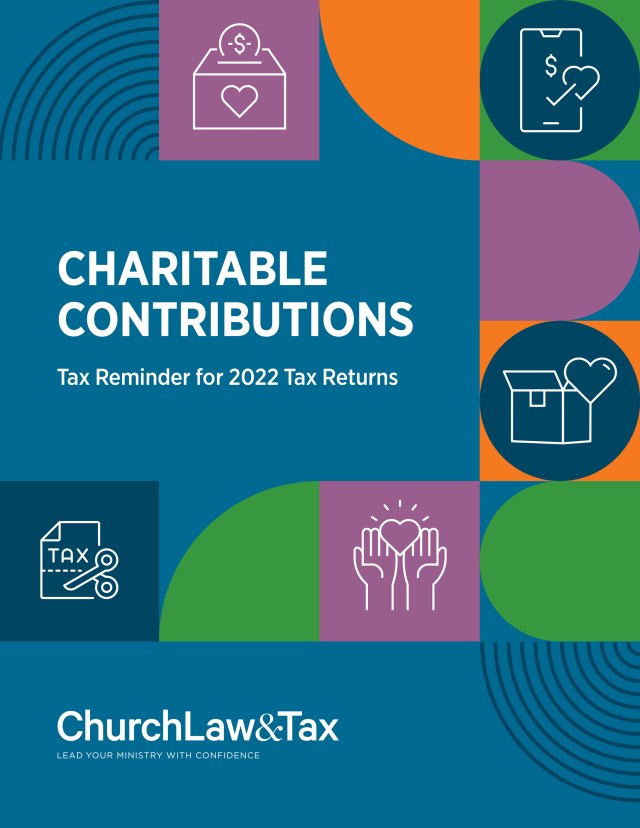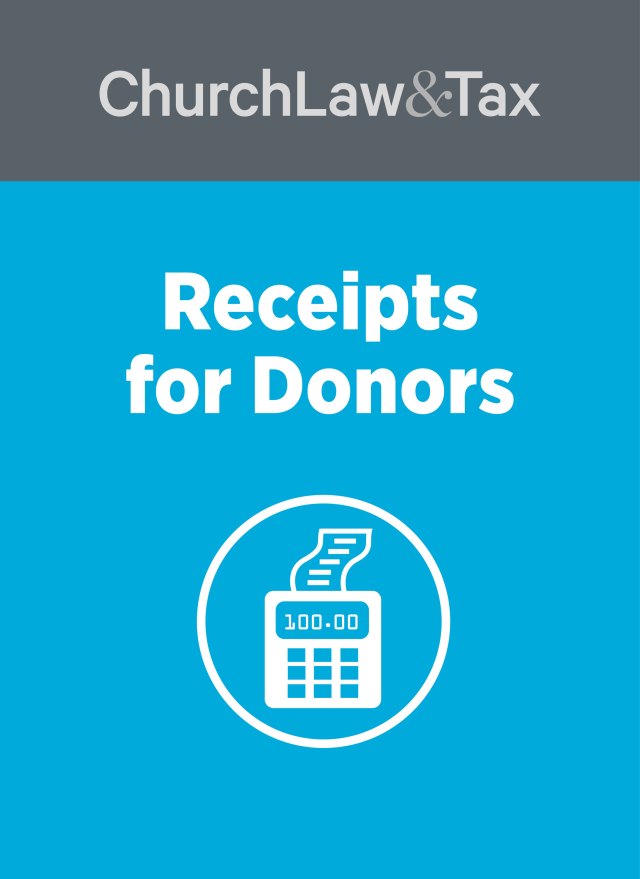Churches and charities engaged in providing relief for victims of qualified disasters may wish to notify their donors now of special higher contribution deduction limits. This special provision in recently passed legislation expires on February 18, 2020.
Recent legislation provides additional tax relief to disaster victims
On December 20, 2019, President Trump signed into law H.R. 1865, the “Taxpayer Certainty and Disaster Tax Relief Act of 2019” (the Disaster Act), as part of an omnibus spending package, the “Further Consolidated Appropriations Act, 2020.” The Disaster Act provides additional federal tax relief to victims of “qualified disasters,” which were declared as major disasters during the period from January 1, 2018, through February 18, 2020 (except for the California wildfire disaster). For a list of qualified disasters that fall into this category, see the Federal Emergency Management Agency (FEMA) database.
Key provision suspends limitations for “qualified contributions”
A key provision of this legislation—described further below—includes a temporary suspension of the charitable contribution deduction limits for “qualified contributions” paid in cash during the period beginning on January 1, 2018, and ending on February 18, 2020, for relief efforts in one or more qualified disaster areas.
Generally, charitable contribution deductions by individuals and businesses are subject to certain percentage limitations based on the individual’s adjusted gross income or the business’s taxable income, depending on the type of property contributed and the type of organization receiving the donation. For example, cash charitable contributions by individuals to public charities are generally deductible up to 60 percent of adjusted gross income and contributions by corporations are generally limited to 10 percent of the company’s pretax income calculated before taking the deduction.
Under the Disaster Act, these percentage limitations are temporarily suspended for qualified contributions made to organizations of the types described below. For individuals, total charitable contributions can be deducted up to the taxpayer’s adjusted gross income. (Non-disaster-related contributions continue to be subject to the regular limits.) For corporations, total charitable contributions can be deducted up to the company’s taxable income calculated before taking the charitable deduction. (Non-disaster-related contributions continue to be subject to the regular limits.)
Additionally, qualified contributions that are made in the contribution year that exceed the taxpayer’s adjusted gross income, or the business’s taxable income, can be carried forward for five years.
How to qualify for special treatment
To qualify for this special treatment, contributions must be paid in cash (including checks and contributions made by credit card) during the period from January 1, 2018, through February 18, 2020, to a charitable organization (other than a supporting organization or a donor advised fund) for relief efforts in a qualified disaster area. Taxpayers also must obtain a contemporaneous written acknowledgment from the recipient organization indicating that the contribution was used (or will be used) for such relief efforts. Taxpayers must make an election on their applicable tax return to apply these relief provisions.
Adapted from a Nonprofit Special Alert originally published by Batts Morrison Wales & Lee (BMWL). Used with permission.
For help with written acknowledgments and other areas related to charitable contributions, see chapter 8 in Richard Hammar’s annual Church & Clergy Tax Guide.


